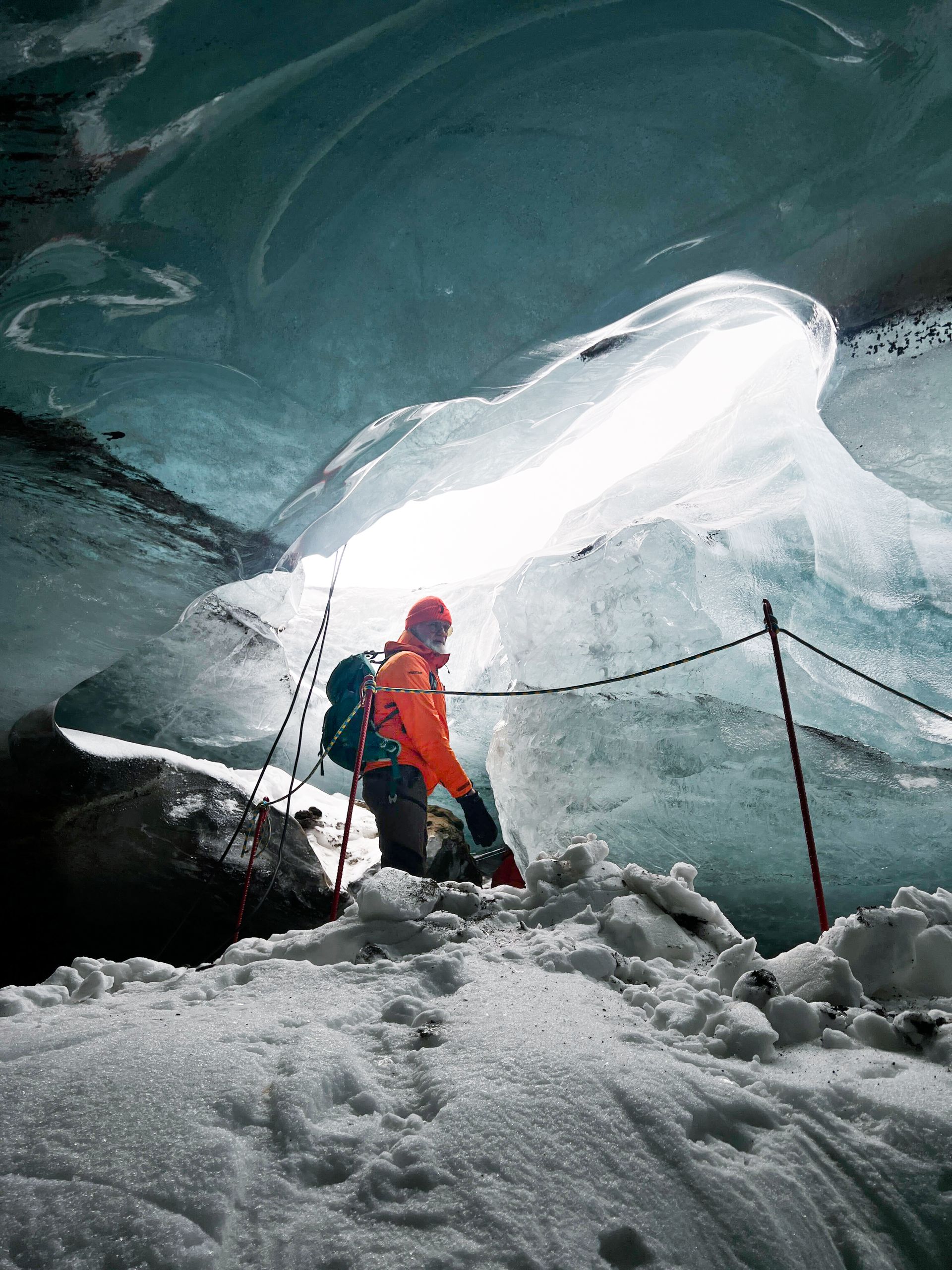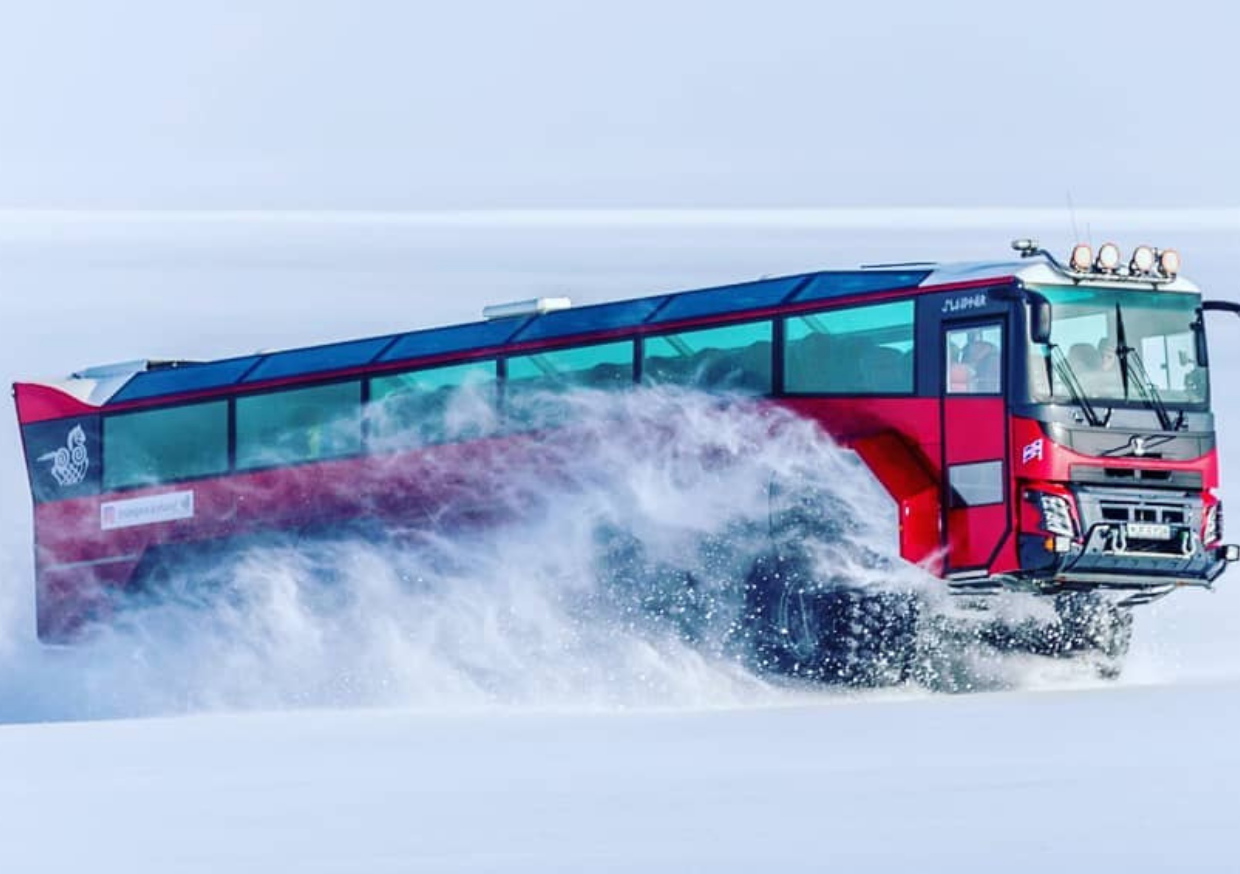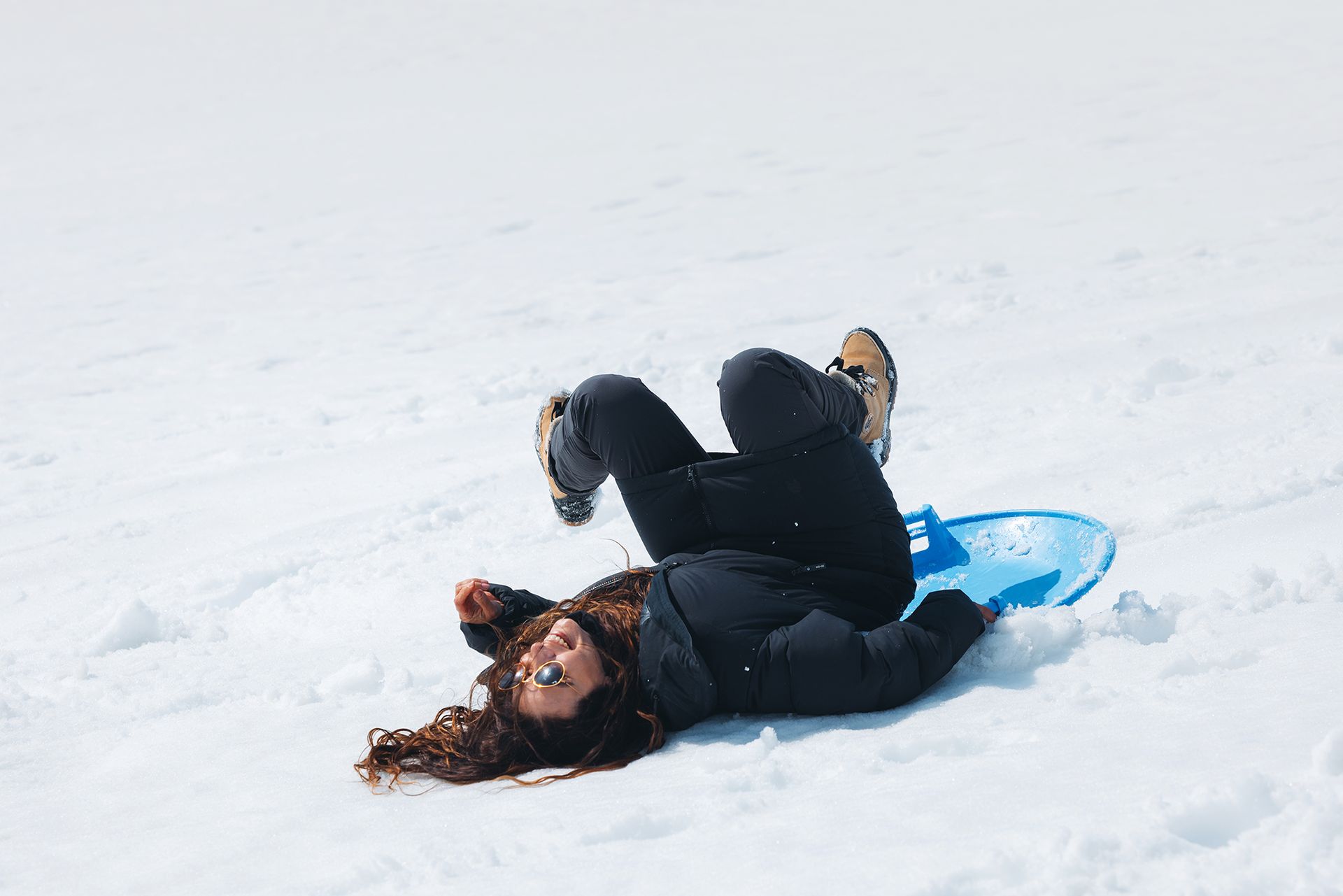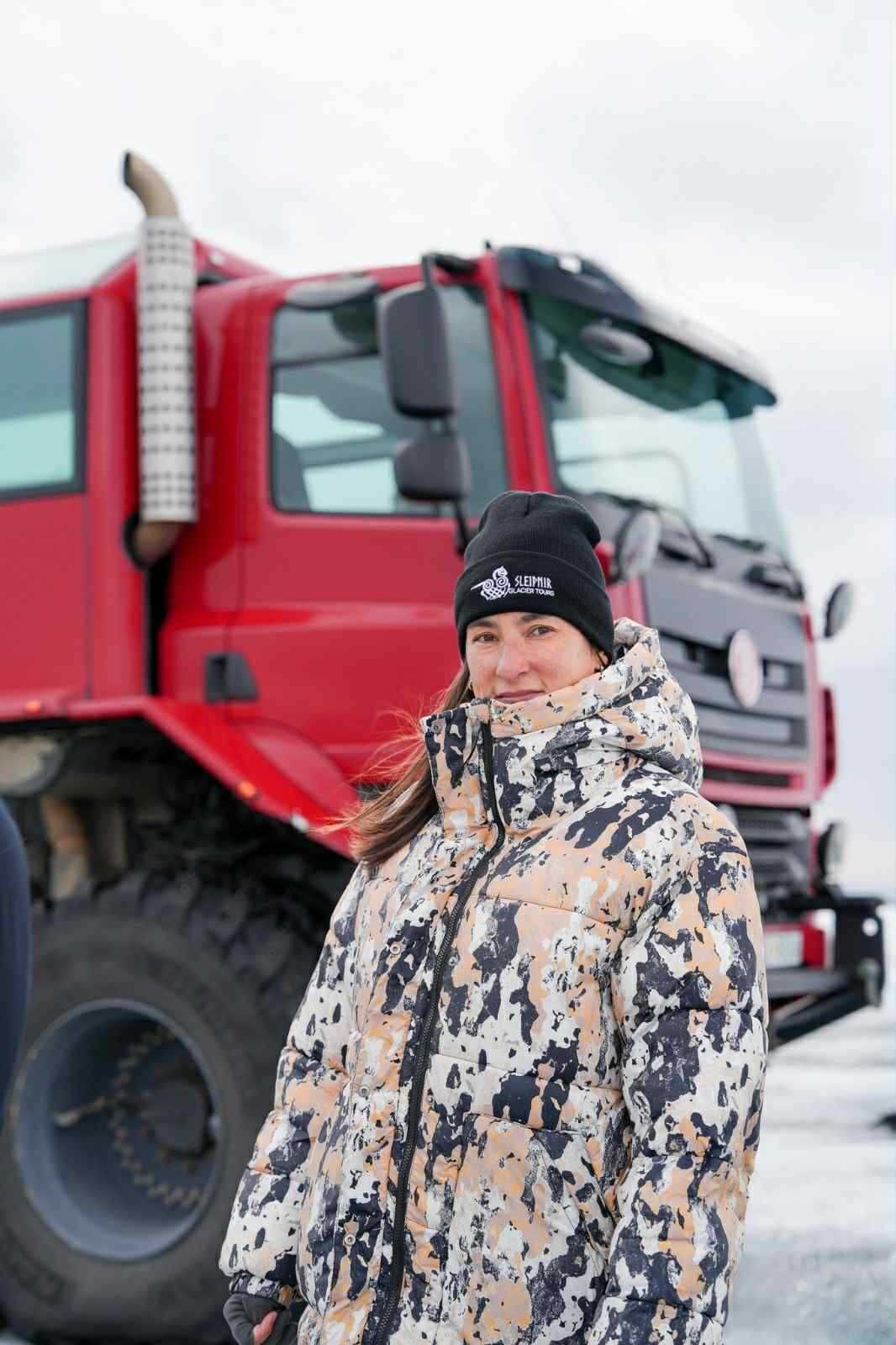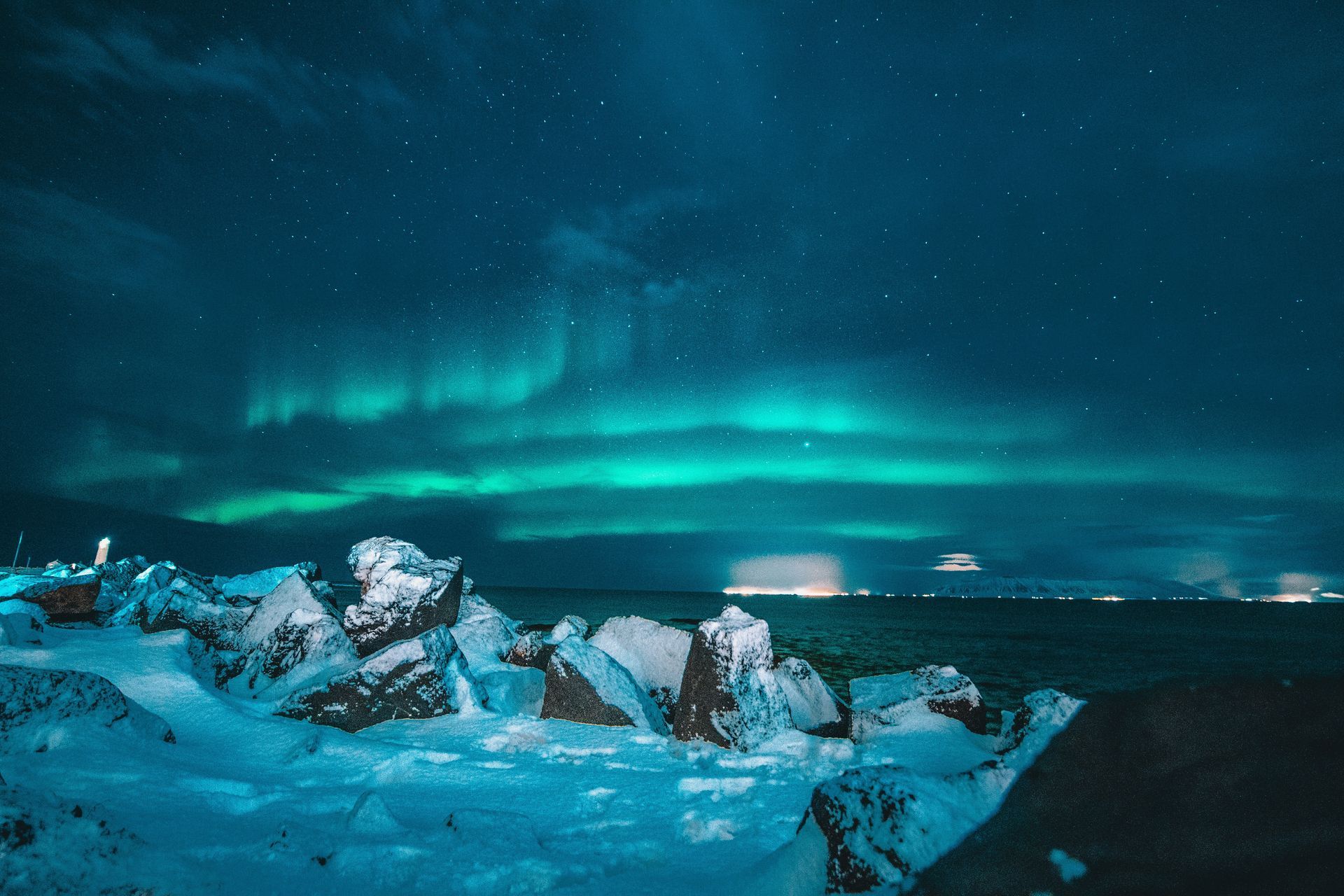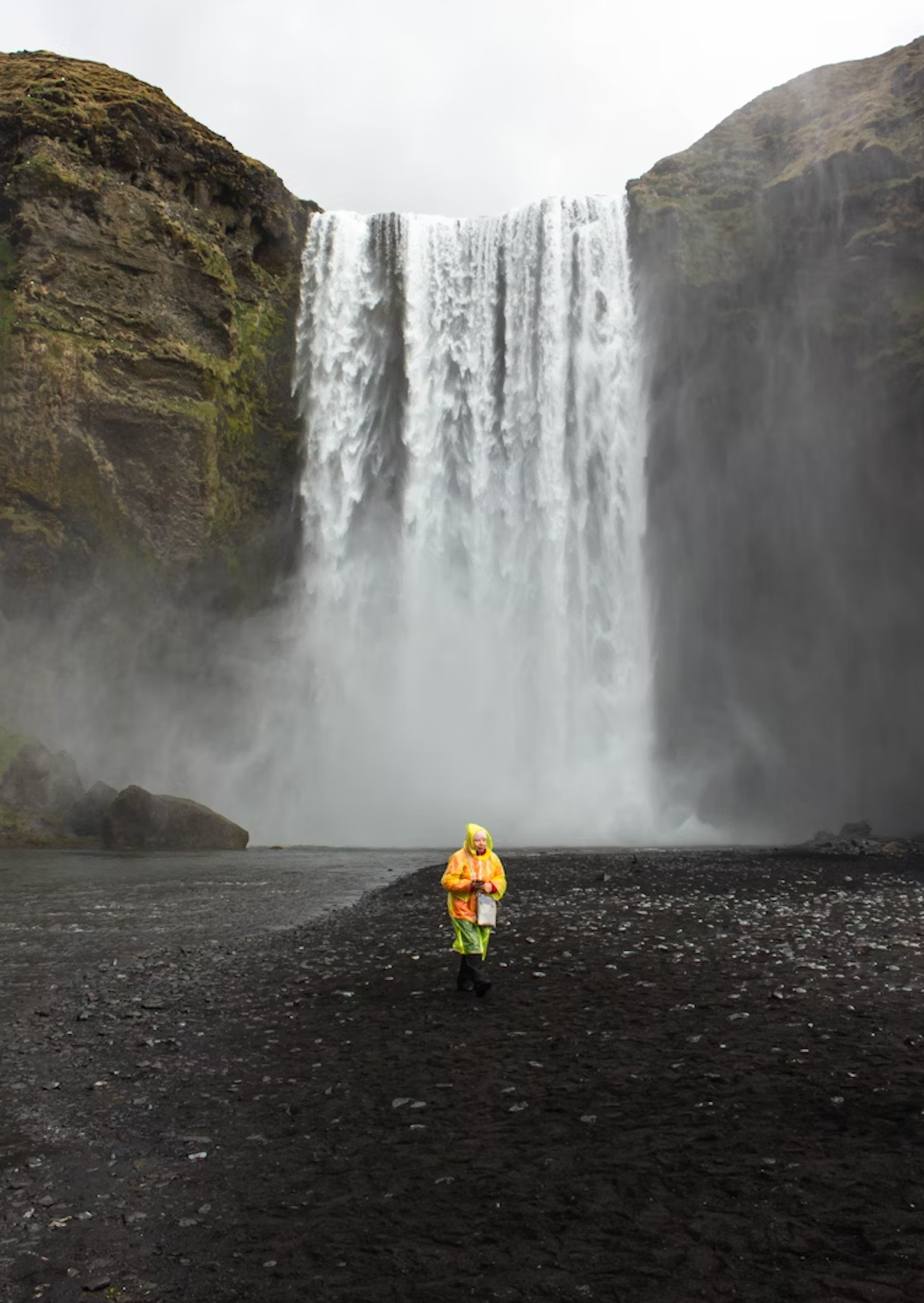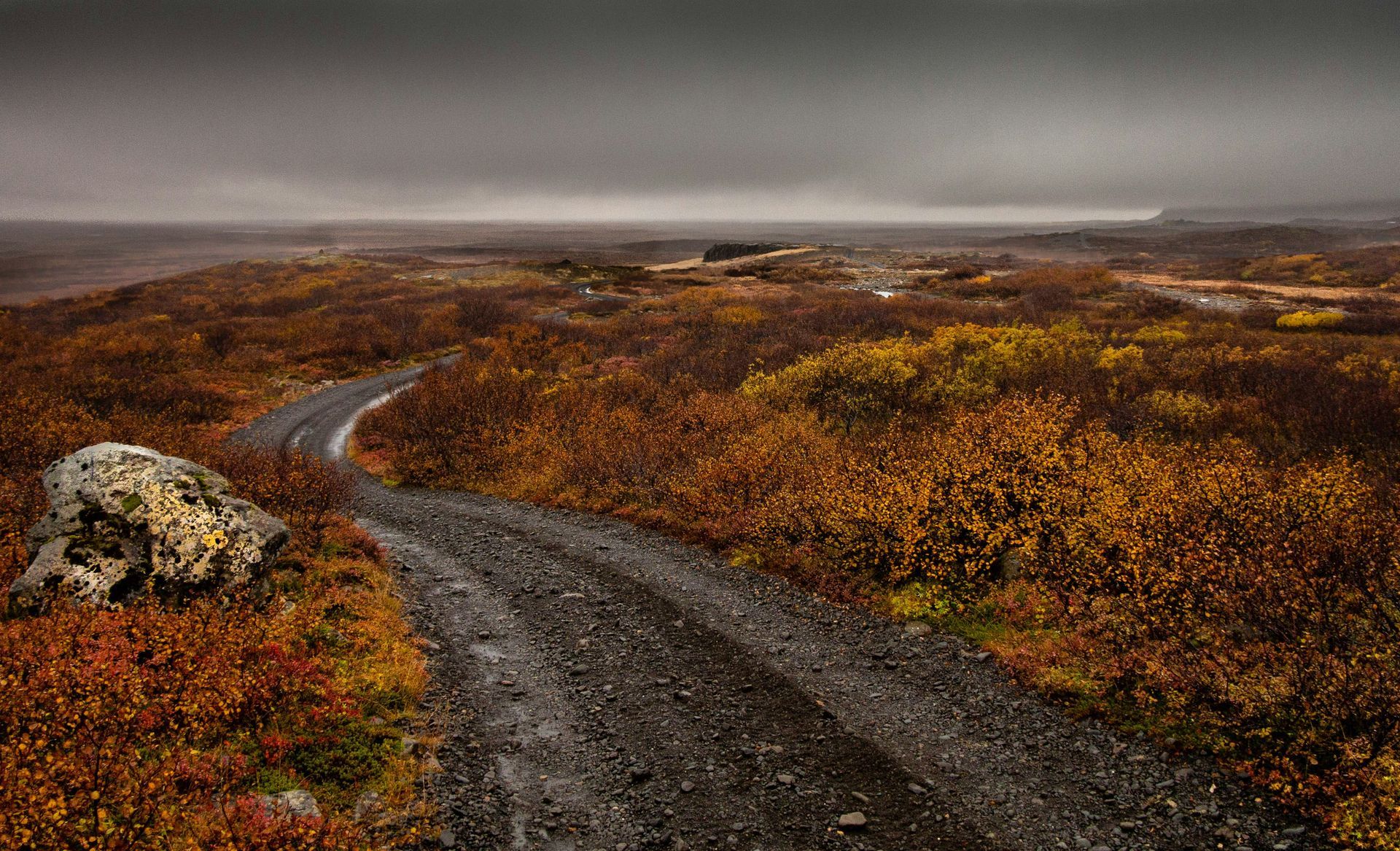What to Wear in Iceland?
What to wear in Iceland
So you are coming to Iceland but are not sure what to bring with you. The secret key is to bring enough layers which you can add or take off depending on the weather- which can change multiple times a day! Here are some tips from us locals that might help.
Understanding the Unpredictable Icelandic Weather
Iceland's weather can be beautifully deceptive, changing rapidly from bright sunshine to heavy rains and snow in the span of a day. The local saying, "Don’t like the weather in Iceland? Just wait five minutes," underlines the temperamental weather conditions of the country, making layered clothing the mantra for travelers.
Layered Clothing
As we mentioned - prepping for Iceland's volatile weather conditions boils down to one keyword: layers. The beauty of layering lies in the customization it offers for different activities or temperatures.
- Base-layer: Opt for breathable, quick-drying fabrics for the layer closest to your skin. Thermals, lightweight woolen t-shirts, and leggings are suitable choices.
- Mid-layer: Sweatshirts, zip-up fleece jackets, or sweaters made from wool serve as excellent mid-layers. Consider investing in a hand-knitted "lopapeysa" sweater made from Icelandic wool to fit in with the locals while benefiting from its breathability and waterproof nature.
- Outer-layer: Choose windproof and waterproof jackets and pants for your outer layers. These should fit comfortably over your other layers and offer enough room for movement.
Cold Weather Accessories
Equally essential are hats, gloves, and scarves, which might require layering in harsh weather conditions. Look for a good, fleece-lined hat that covers your ears and a pair of waterproof gloves. Locals also use versatile neck warmers known as buffs to protect against wind and cold.
Sturdy Footwear
Invest in robust walking or hiking shoes with ankle support and a good gripping sole to navigate Iceland's sometimes slippery terrain. For colder months, fur or fleece-lined snow boots are recommended. Pair these with thermal or woolen socks to keep your feet warm and comfortable.
Unexpected Essentials
There are a few surprise essentials for your Iceland packing list:
- Sunglasses: To guard against the Midnight Sun and to reduce glare from ice all year round.
- Sunscreen: The sun is quite strong due to Iceland's northerly location and lack of air pollution. High-factor sunscreen is a must in all weather conditions.
- Swimsuit: Outdoor bathing in geothermal water is a popular activity in Iceland, making a swimsuit essential.
- Eye-mask: To ensure undisturbed sleep during the perpetual daylight of summer.
Trustworthy Backpack
One thing not to overlook is a trustworthy backpack that can securely carry all your essentials. A backpack with a waterproof cover is invaluable in Iceland, where experiencing all four seasons in one day is not uncommon. You'll want to keep your gear dry and safe.
First Aid Kit
The reason we put this here is because Iceland is very rural and it can be a far drive to the nearest help. A well-equipped first aid kit is essential for any trip, especially when you plan on outdoor activities. Here are some basic items you might want to include:
- Bandages: Both adhesive bandages (for small cuts and scrapes) and larger, non-stick sterile bandages (for larger wounds) are useful.
- Antiseptic wipes: For cleaning wounds before applying a bandage.
- Tweezers: Useful for removing splinters or other foreign objects from a wound.
- Medical tape: To secure bandages or dressings.
- Painkillers: Over-the-counter pain relief such as ibuprofen or acetaminophen. Remember, aspirin can also be used in emergency situations involving heart attacks.
- Prescription medications: Always bring sufficient supplies of any prescription medications you require, along with a copy of the prescription.
- Emergency blanket: Compact and lightweight, these can be crucial in preventing hypothermia in unexpected situations.
- Antihistamines: For relief of allergy symptoms or unexpected allergic reactions.
- Gauze pads: For covering and cleaning wounds, and can also be used for applying ointment.
- Scissors: For cutting tape, gauze, or clothing if necessary.
- First-aid manual or instructions: In case you're not entirely sure how to handle a situation, having a guide can be extremely helpful.
- Disposable gloves: To protect yourself and others when giving first aid.
Remember, this list is not exhaustive and should be tailored to your specific health needs and the nature of the activities you plan to undertake.
Last but not least...
Bring normal, everyday streetwear! We Icelanders do absolutely not dress for hiking every day. so bring something casual for your days in Reykjavik or a fun night out!
Enjoy your Icelandic adventure!
Icelandic Folklore
New Paragraph
Share This Blog Post

